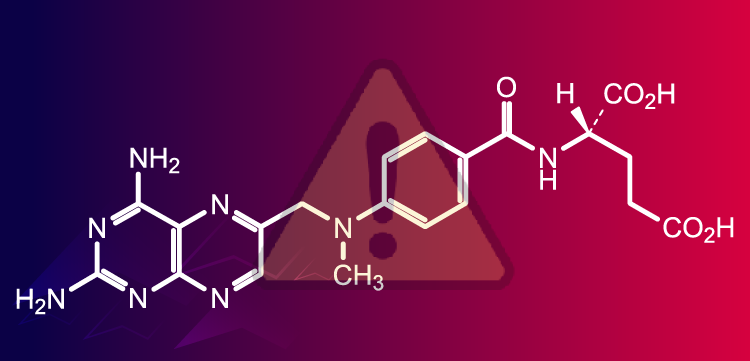
BETHESDA, Md-The possible link between the pesticide DDT and breast cancer or benign breast disease will be explored among women in the northern Alabama community of Triana. The study by researchers from the National Cancer Institute and the University of Alabama in Huntsville College of Nursing will begin Feb. 15, with results available in 1999.













































































